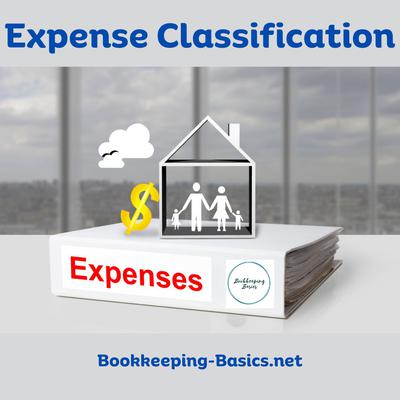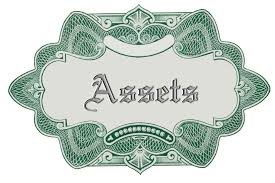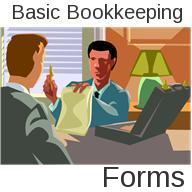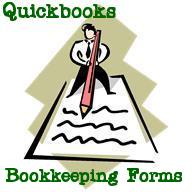- Home
- Questions and Answers
- Selling An Asset
Asset Disposal Loan Payout
I purchased a new vehicle and traded in the old one. The old vehicle had an outstanding loan of $14,000, and I received a trade-in allowance of $17,000. I have credited the old vehicle asset and debited accumulated depreciation, and the difference resulted in a gain or loss. However, I am unsure how to account for the $3,000 gain on the trade-in. What should I do with it?
Comments for Asset Disposal Loan Payout
|
||
|
||
Assets Or Expenses
by Niekia
(Canada)
We run an irrigation business. We buy parts and receive an invoice. We then use those parts pretty much immediately to complete the job at which point we invoice the client for the parts and the service. When recording our purchase of the parts should they be recorded as assets or expenses? Thank you for your help!
Comments for Assets Or Expenses
|
||
|
||
Asset Reimbursement Trade
by Elaine
(Brighton, Ma)
How do I account for an employee who is owed reimbursement money but will take the company laptop in trade? How do their reimbursements get out of the unpaid bill detail?
Comments for Asset Reimbursement Trade
|
||
|
||
Bookkeeping Assets As Debits
by Linda Hampton
(Martinez, CA )
I am trying to learn the basics of bookkeeping and I can't seem to grasp the concept of assets as a debit. I am using Bookkeeping for Dummies and Bookkeeping Made Simple as study guides.
Comments for Bookkeeping Assets As Debits
|
||
|
||
|
||
Fixed Assets Property
by Nicki
(Guernsey)
How do you bookkeep the purchase costs of fixed assets property?
Comments for Fixed Assets Property
|
||
|
||
Partner Asset Distributions
How should a cash distribution to a partner, without reducing their percentage of ownership in the LLC, be recorded in the chart of accounts and the Profit and Loss statement? I have it as an expense, but I am unsure if it is correct. If cash distributions are not deducted on the 1065, the partner's tax liability may be affected, as they would be paying tax on the distribution as income and also on their share of partnership profit.
Comments for Partner Asset Distributions
|
||
|
||
Selling An Asset
When a business sells a fixed asset (that was donated to business) how is it recorded?
Comments for Selling An Asset
|
||
|
||
Please subscribe to my monthly newsletter, Bookkeeping Basics E-zine. It tells you every month about the new information that I have added, including some great tips and advice from myself and other Bookkeeping Basics readers.
Like Bookkeeping-Basics.net?
- Home
- Questions and Answers
- Selling An Asset



















